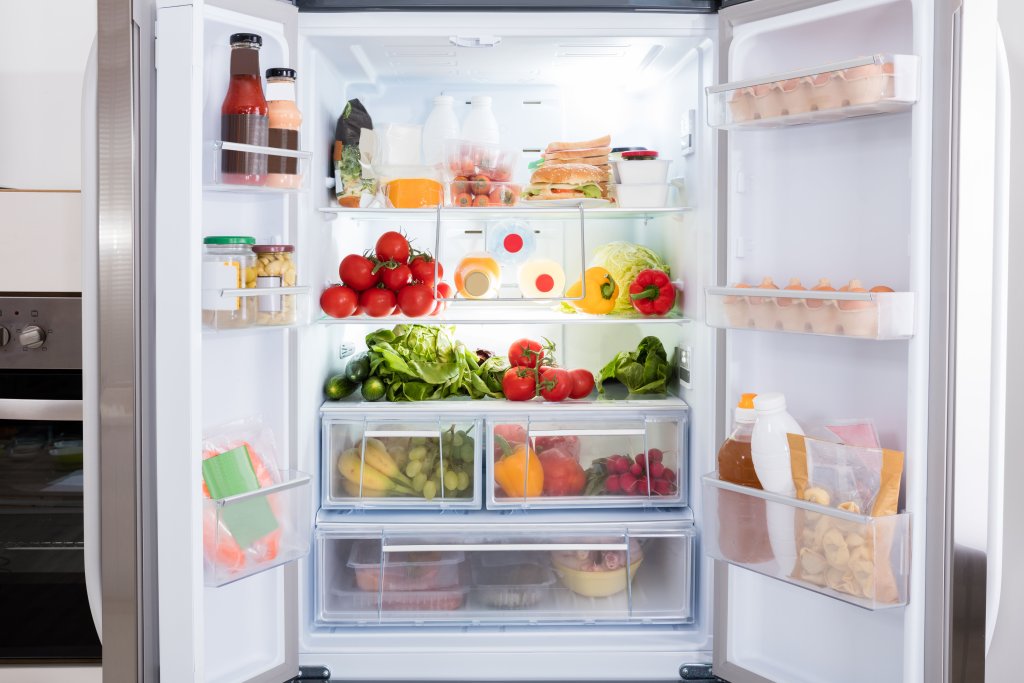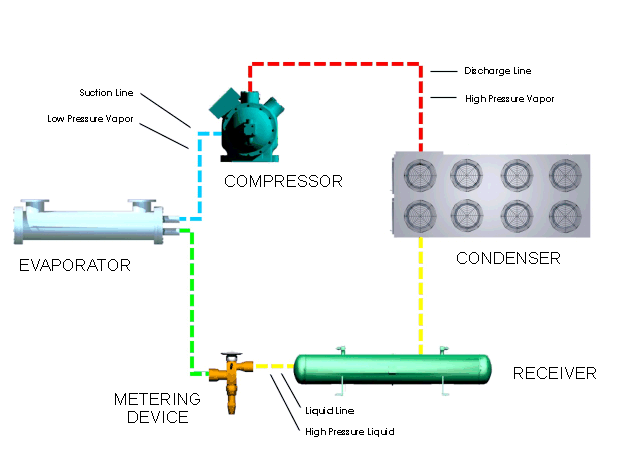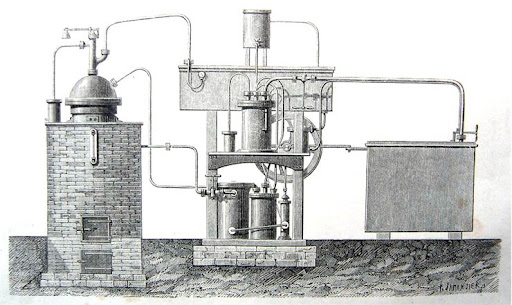Were you unable to finish the pasta you cooked for dinner tonight? We all know where it’s going to end up. No, not the trash.
Thanks to the refrigerator, you can now store your leftover food for a second, helping the next day, maybe even days or months after!
While it may sound like basic and commonplace knowledge, this felt like a fantasy even till the early nineteenth century.
Even if not fantasy, it was more of a luxury resource reserved for society’s upper and rich strata. Hard to believe? We get you!
Are you keen to know more? Keep reading!
What is Refrigeration?

Well, while the concept of a Samsung refrigerator reset may seem modern, we can surely shed some light on the history of refrigerators – when they were invented, who invented them, and topics like that.
Before we delve into the fascinating and lesser-known topic of when the refrigerator was invented, let us begin with what refrigeration is.
In simple terms, refrigeration is a process that lowers the surrounding temperature so that bacteria and other harmful microorganisms are unable to multiply when food is kept at this low temperature.
This prevents food from decaying, and it stays fresh and edible for longer. The cooling process is achieved by rapidly vaporizing a liquid by compression.
The surrounding heat is absorbed by evaporating the liquid into gas, and the temperature drops.
Principle of Refrigeration – Practical Demonstration
In 1748, Scottish physician and professor William Cullen first demonstrated the refrigeration principle at the University of Glasgow, Scotland. He showed that, by evaporating liquid ethyl ether to gas in a vacuum, one could achieve significant cooling. He never put it to practical use, but this notable experiment is considered to be the cornerstone of the working model of the modern refrigerator.
10 years later, in 1758, Benjamin Franklin and John Hadley conducted a similar experiment using the bulb of a mercury thermometer. They concluded that ether and alcohol, through rapid vaporization, could produce cooling effects and lower the temperature of the surroundings to below the freezing point of water.
Earlier Methods of Refrigeration
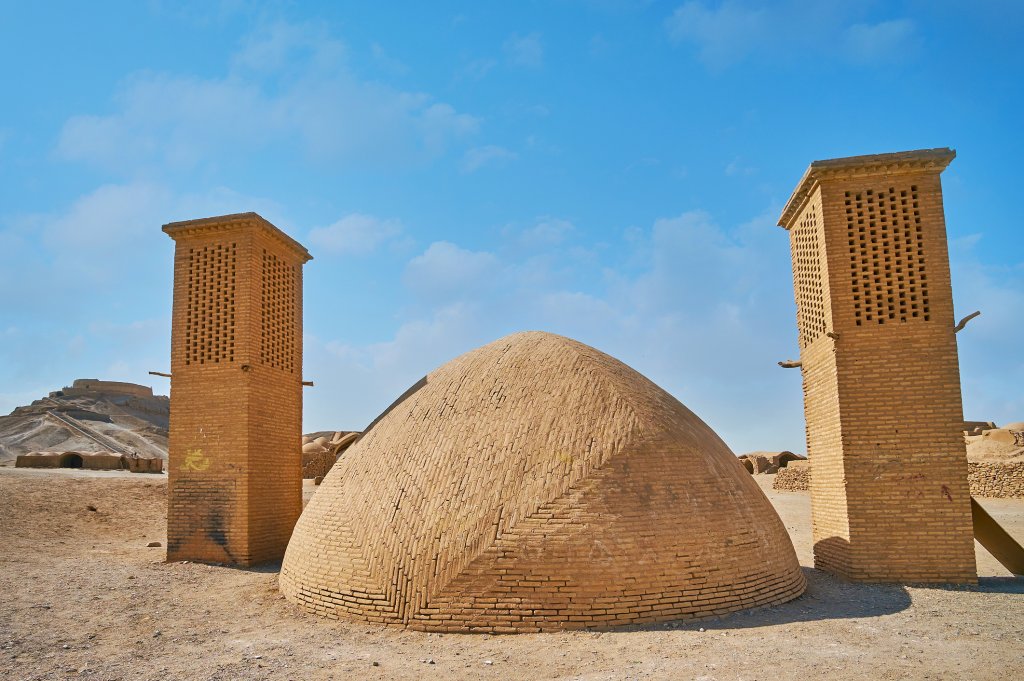
Before scientific advancements were made to make the process of refrigeration easy, natural methods of cooling served the purpose. The Chinese used ice from nearby lakes and rivers since as early as 1000 BC. Hebrews, Greeks, and Romans followed the refrigeration process by storing ice in snow pits and insulating the ice using different materials like grass, trash, or branches of trees. This allowed them to keep the ice from melting for long. The most commendable natural refrigeration method, however, belonged to the Persians. They constructed Yakhchals, dome-shaped structures, where ice was harvested and stored. These structures differed from contemporary natural methods of refrigeration in the fact that they were insulated by thick walls (six feet!).
Hence, ice remained frozen even during the hottest summer months. Egyptians and Indians used earthen pots for cooling. They moistened the outer surface of these pots. When this water evaporated, it produced a cooling effect. In England and the United States, ice was either collected or harvested from surrounding natural water bodies and stored in ice houses. The ice was covered with sawdust for insulation. Another method included packing the ice sheets with salt and wrapping them up in flannel.
Refrigerators Curated Using Artificial Refrigeration Technology
1. 1802: Portable Ice Boxes
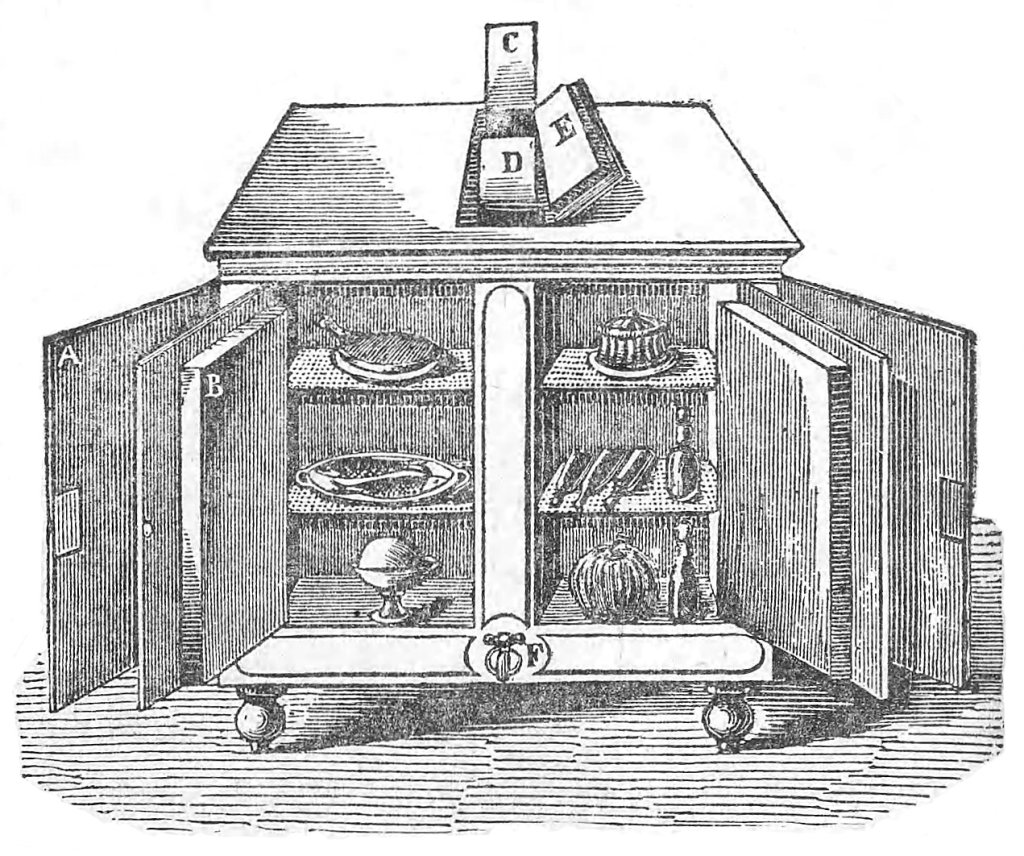
An invention of Thomas Moore, an American businessman, this product was specifically used for cooling dairy products. One had to store ice packs for cooling.
2. 1805: Blueprint of The Modern Refrigerator
American inventor Oliver Evans made this. He designed the blueprint of the first refrigeration technique but never proceeded further with the idea.
3. 1834: First Vapor Compression Refrigerator
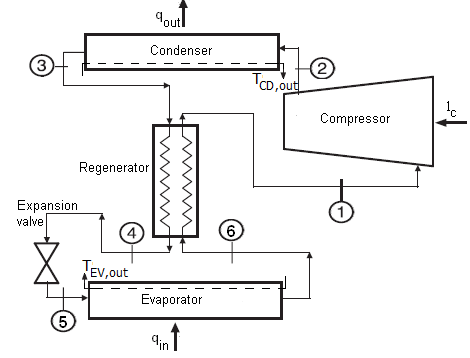
Based on the prototype designed by Oliver Evans, Jacob Perkins invented the first modern refrigerator that worked based on a vapor compression cycle. He used diethyl ether as the coolant, and it is deemed a milestone in the history of refrigeration. Thus, he is accredited as the “Father of Modern Refrigerator.” However, this product did not succeed commercially.
4. 1876: Upgradation of The Refrigeration Technology
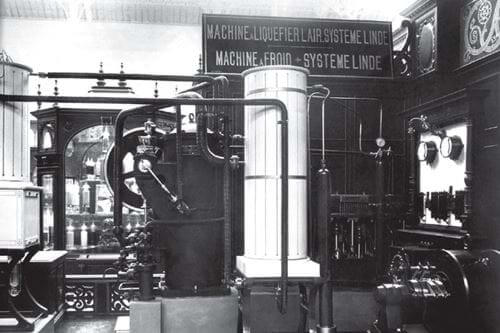
Carl Von Linden, a German engineering professor, patented the process of liquefaction of gas, which is an integral part of modern refrigeration technology. This advancement after that replaced the usage of ice in refrigerators.
5. 1913: First Home Electric Refrigerator
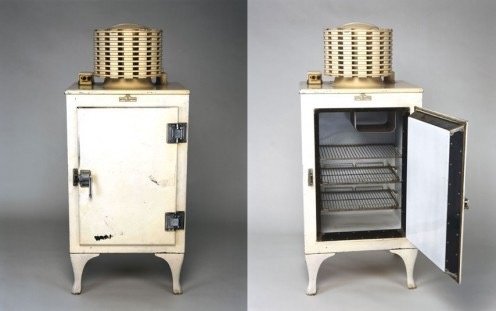
Invented by American Fred W. Wolf, this was the first domestic electrical refrigerator (abbreviated as DOMELRE). It featured an ice box, which garnered attention and lasted to date even though this initial model failed.
6. 1918: Mass Production of Domestic Refrigerators
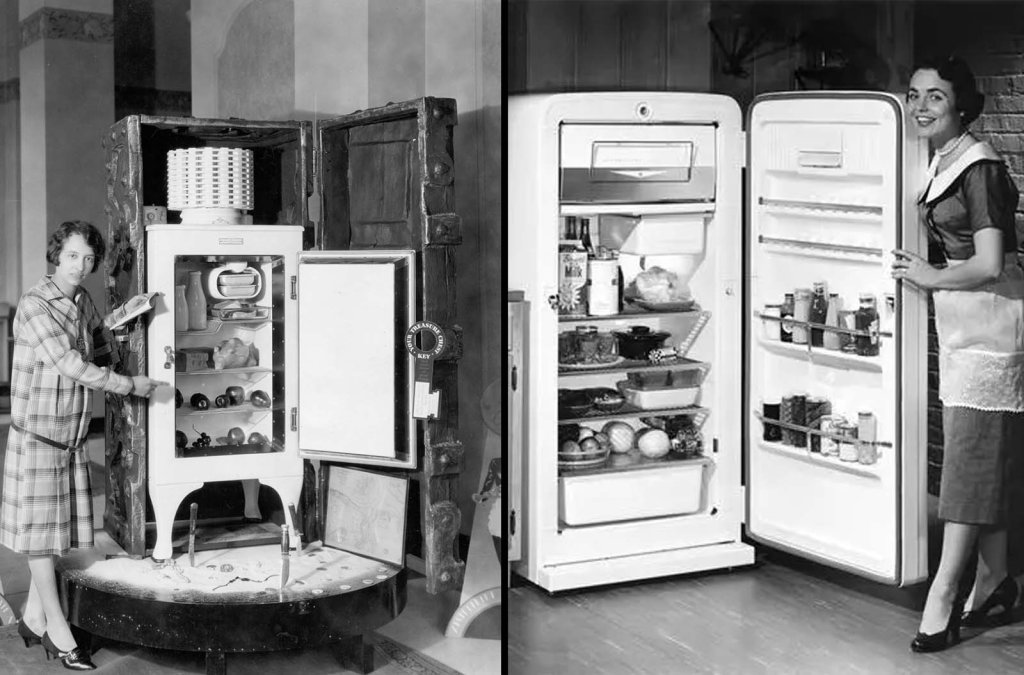
William C. Durant started the mass production of domestic electrical refrigerators, which featured a self-contained compressor unit. However, these were still largely expensive for common people to afford.
7. 1920s: Mass Production of Refrigerators
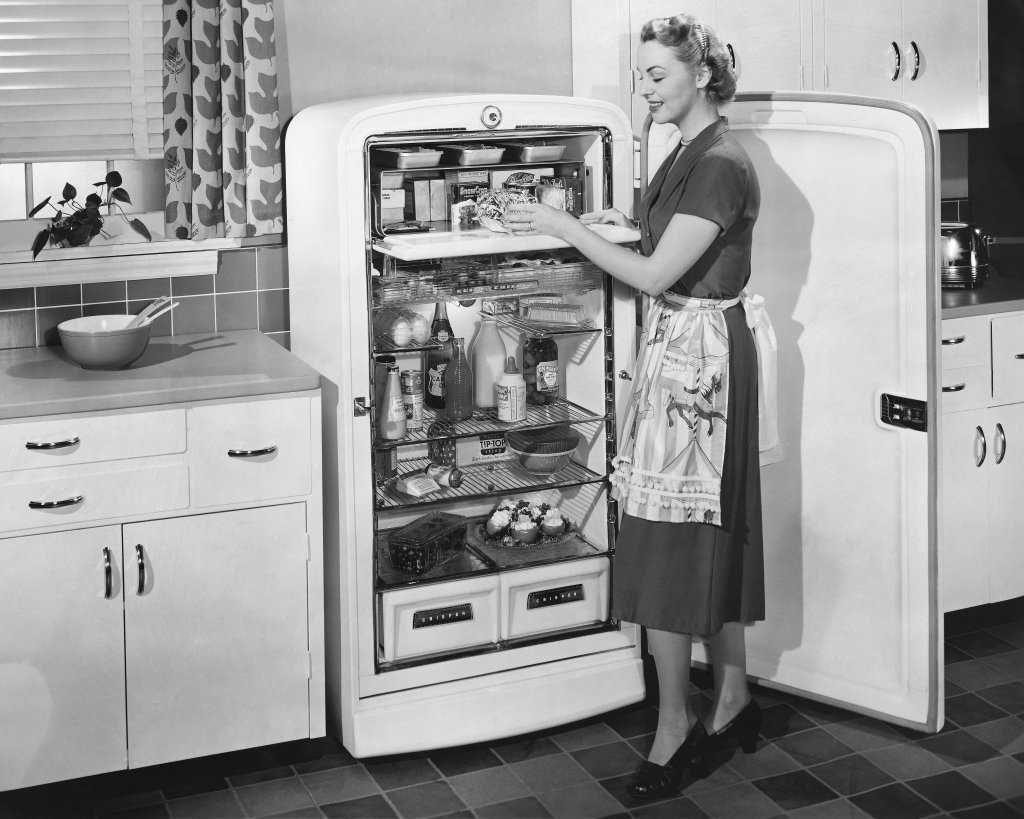
The 1920s marked the beginning of mass production of refrigerators. Their costs dropped. However, the chemicals and gasses used as coolants were highly toxic, and several accidents were reported. Since then, many new models began cropping up, each with the motto of using safer alternatives.
8. 1930s: The Development of a Safer Alternative
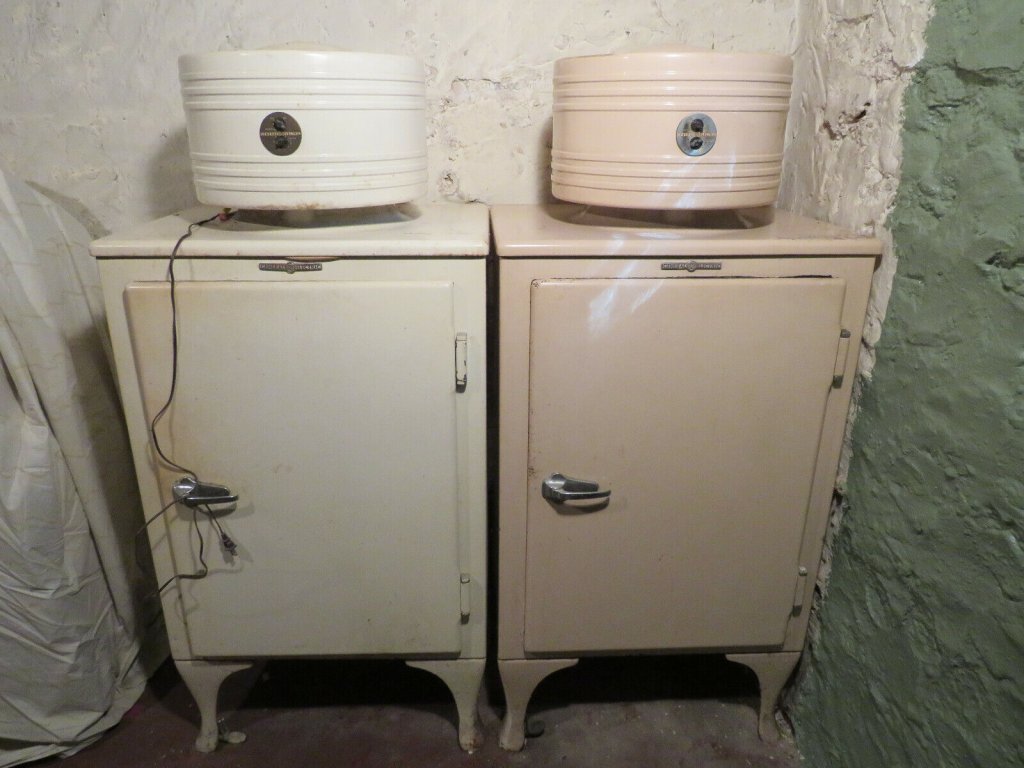
Freon was discovered after much research in the 1930s. It was a safer alternative. Due to its low boiling point, low surface tension, and low viscosity, it was ideal and caused a massive rise in popularity in domestic refrigerators.
9. 1940s: Rapid Rise of the Use of Refrigerators
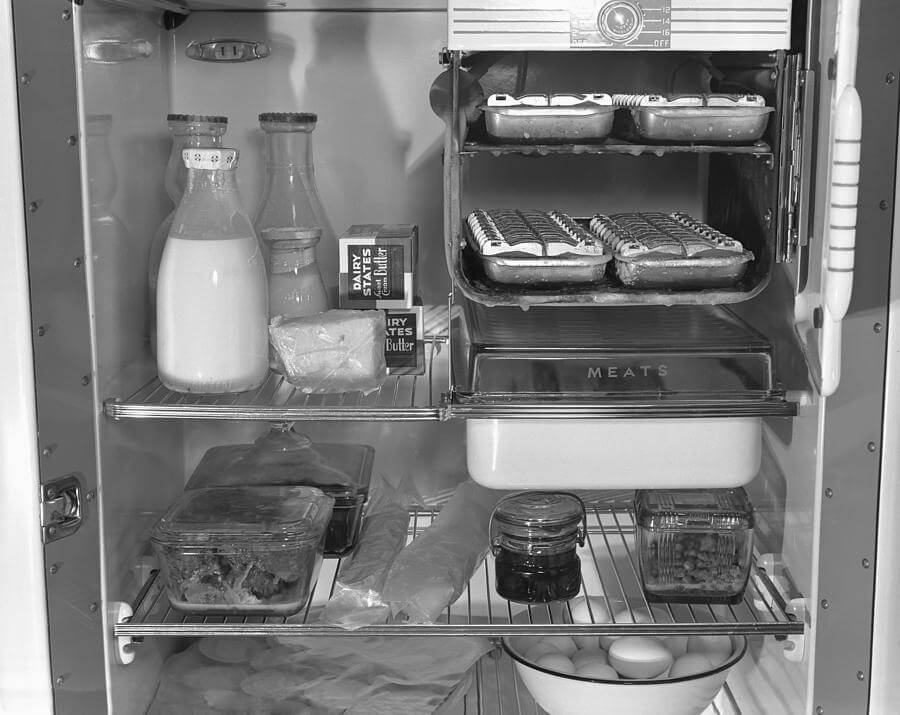
The post-World War II era saw a marked rise in the production and usage of domestic refrigerators, with many variations and upgrades during the phase. Chlorofluorocarbons (CFCs) were used in the cooling mechanism, and separate freezer compartments were added to home refrigerators.
10. 20th Century: Modern Refrigerators
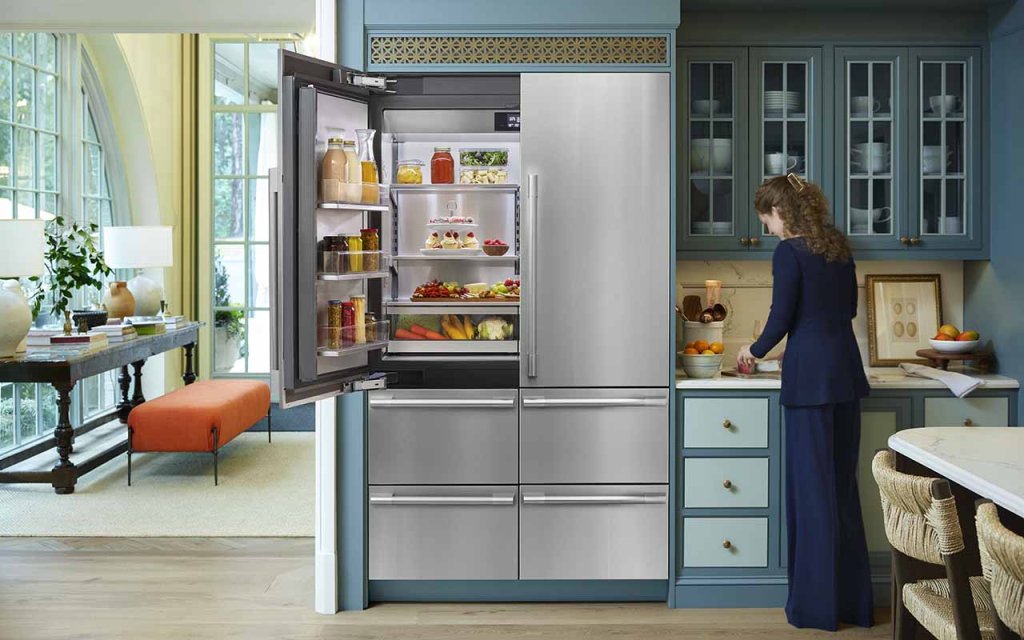
With CFCs being identified as the major contributing factor to the depletion of the ozone layer, modern refrigerators saw the search for environmentally safe alternatives. Hydrofluorocarbons thus came into being. In addition, several other features were added, including bottom freezer compartments, water dispensers, multiple doors, mode control, AI sensor technology, etc.
Conclusion
Modern technology has made our lives so much easier. Though not appreciated enough, the refrigerator is one that significantly contributes to improving our lives.
Besides being able to store your frozen foods, refrigerators help prevent food wastage and maintain the quality of your groceries.
But before the modern refrigerator came into being, it took years of research and trial and error to get to it. Hope you enjoyed this read.
Do you have more information to add to this section? Let us know in the comments below.

